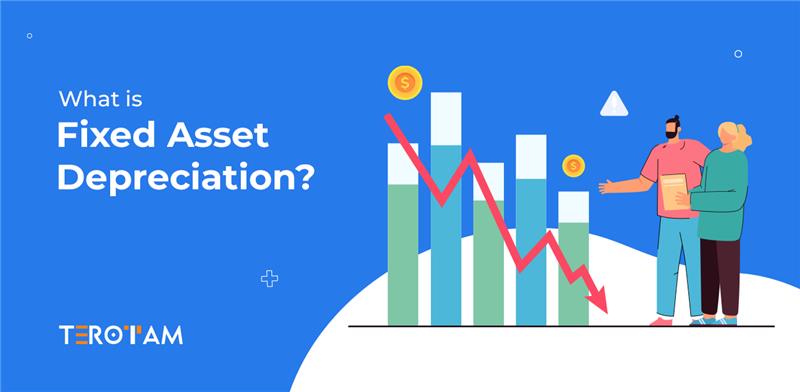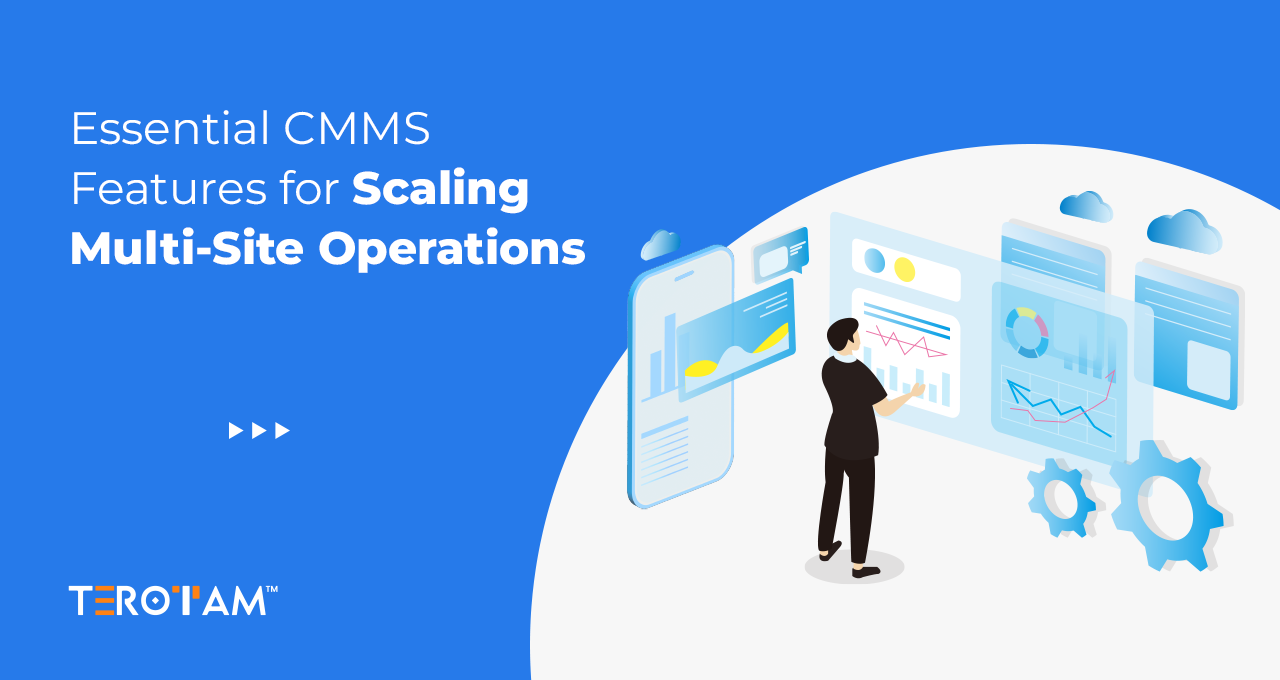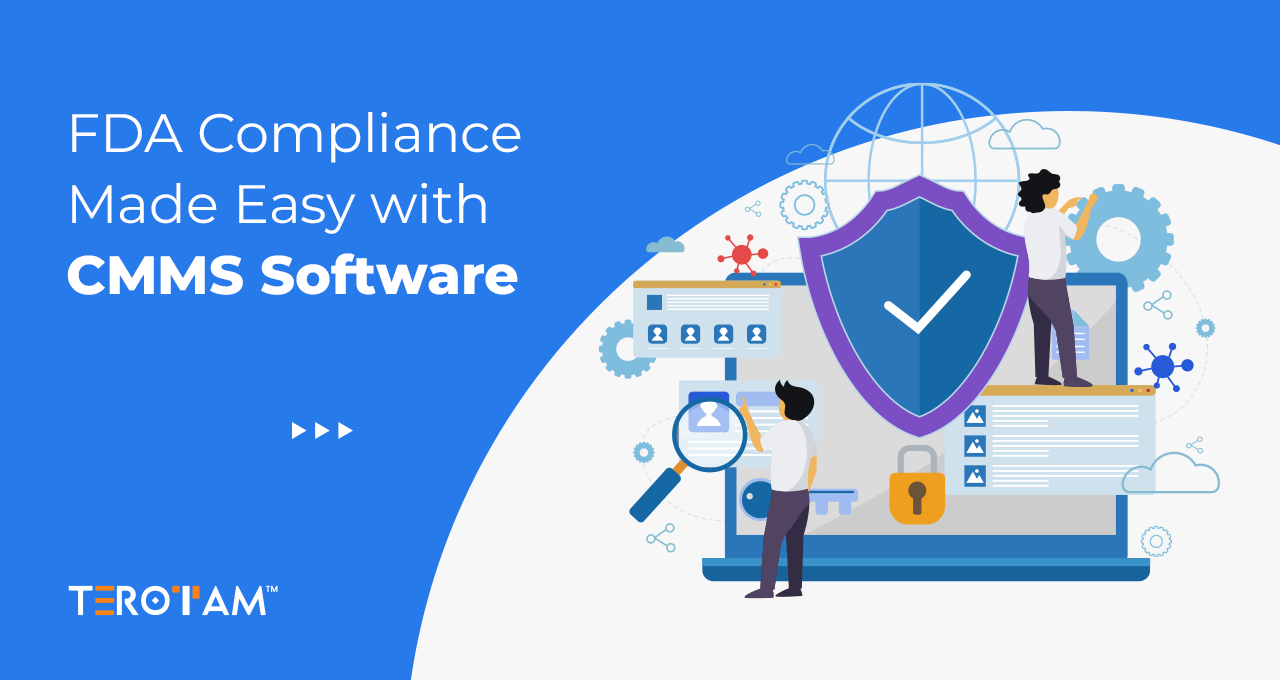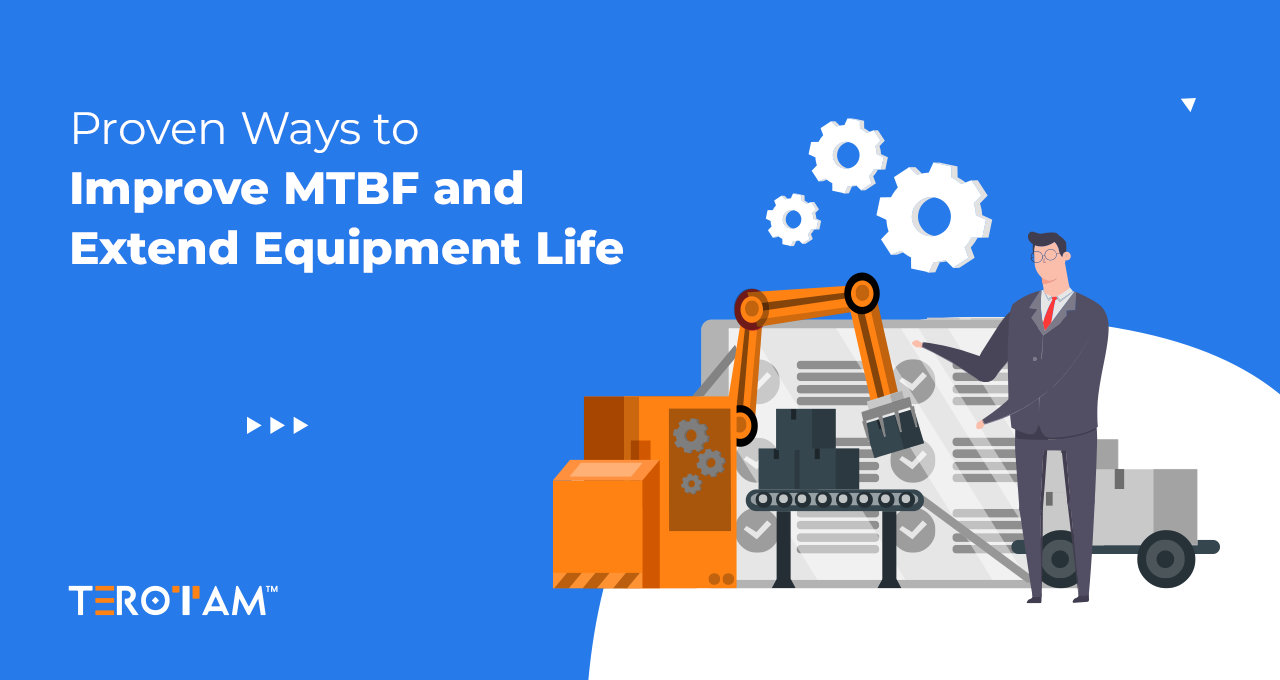When it comes to managing a business, understanding how assets are treated financially is essential. Among the various types of assets, “fixed assets” hold significant importance. These are tangible, long-term resources such as buildings, machinery, vehicles, and equipment used in daily operations. A common question business owners ask is: Do fixed assets depreciate? The short answer is yes, most fixed assets depreciate over time. How this happens and how businesses can manage it with a systematic CMMS software solution are the main highlights we are discussing in this article.
Let’s check out the details.
What is Fixed Asset Depreciation?
Fixed asset depreciation is the process of allocating the cost of a tangible, long-term asset over its useful life. Fixed assets, such as buildings, machinery, vehicles, and equipment, are essential for business operations but don’t last forever. As time passes, these assets lose value due to factors like wear and tear, ageing, or technological advancements. Depreciation is the accounting method used to represent this decline in value.
With fixed asset depreciation, a business gradually spreads the cost of the asset as an expense on its financial statements. This helps to match the asset’s cost with the revenue it generates during its useful life. Depreciation also allows businesses to account for the ongoing use of the asset, ensuring a realistic portrayal of its financial worth.
For example, if a company buys a machine for $50,000 and it is expected to last 10 years, the business might depreciate the machine by $5,000 each year. Over time, the machine’s book value will reduce as its cost is allocated through depreciation expenses, giving a clearer picture of the company’s financial status.
Depreciation is crucial for managing assets, planning future investments, and accurately reporting a company’s financial health. It ensures that the expense related to the asset is distributed throughout its useful life, preventing a massive financial hit in the year the asset is purchased.
Best Way to Manage Fixed Asset Depreciation Using CMMS Software
For industry professionals, managing fixed asset depreciation is crucial to maintaining accurate financial records, optimising asset usage, and ensuring regulatory compliance.
Here’s how CMMS software can be a game-changer in the technical management of fixed asset depreciation:
1. Automate Depreciation Calculations with Smart CMMS Tools
CMMS software enables automated depreciation calculations using multiple accounting methods. Whether your business adopts straight-line depreciation, double-declining balance, or units-of-production methods, CMMS platforms offer flexibility to choose the most appropriate method for each asset class.
For example, assets with high initial wear and tear, such as vehicles or certain machinery, can be depreciated using the accelerated declining balance method, while buildings might follow the straight-line approach. CMMS automates these calculations, ensuring that depreciation is recorded accurately based on predefined parameters and reducing the possibility of human error in financial reporting.
2. Use Asset Lifecycle Data to Improve Depreciation Accuracy
A key advantage of CMMS systems is their ability to integrate asset lifecycle management with depreciation schedules. This means that the system tracks every phase of the asset’s life, from acquisition to decommissioning, and adjusts depreciation values based on real-time usage and maintenance history.
For example, if a machine undergoes frequent maintenance that extends its useful life, the CMMS can adjust the asset’s depreciation schedule dynamically, ensuring depreciation expense accurately reflects the asset’s current condition. Similarly, assets with unplanned downtime or early obsolescence can have accelerated depreciation recorded. This kind of granular asset tracking ensures a more accurate reflection of an asset’s value on financial statements.
3. Integrate CMMS with Finance Tools for Complete Depreciation Control
CMMS platforms can integrate with Enterprise Resource Planning (ERP) and accounting systems, such as SAP, Oracle, or QuickBooks, to create a unified depreciation management process. This integration ensures that depreciation calculations from CMMS flow directly into financial ledgers, automating journal entries and ensuring consistency across financial reports.
Through this integration, industry professionals can eliminate the need for double data entry and minimise discrepancies between operational asset management and financial reporting. Additionally, this seamless connection allows for automated compliance with International Financial Reporting Standards (IFRS) and Generally Accepted Accounting Principles (GAAP), ensuring that asset depreciation is aligned with global financial regulations.
4. Ensure Compliance with Built-in Audit Trails and Reporting
One of the most critical aspects of managing fixed asset depreciation is regulatory compliance. CMMS systems offer a comprehensive audit trail, documenting all depreciation-related entries, asset usage history, and maintenance records. These trails can be invaluable during audits, helping to demonstrate that depreciation has been calculated in line with accounting standards and internal policies.
Many industries, particularly those subject to stringent regulatory oversight (e.g., manufacturing, utilities, and healthcare), rely on CMMS to maintain full transparency and accuracy in their asset management and depreciation processes. Additionally, CMMS can assist with regulatory reporting requirements, ensuring that data is available for external auditors and tax authorities.
5. Align Predictive Maintenance with Asset Depreciation Schedules
Advanced CMMS platforms are increasingly incorporating predictive maintenance capabilities, which leverage IoT sensors and machine learning algorithms to predict asset failures before they occur. By aligning predictive maintenance with depreciation schedules, businesses can extend asset life while optimising depreciation rates.
For example, if a CMMS detects that a critical piece of equipment is nearing failure, proactive maintenance can be scheduled to prevent asset downtime. This predictive maintenance can extend the asset’s useful life, allowing for depreciation schedules to be adjusted accordingly. This synergy between maintenance strategies and depreciation management maximises return on investment (ROI) for high-value assets.
Conclusion: Simplify Fixed Asset Depreciation with TeroTAM CMMS
Efficient fixed asset depreciation management is essential for accurate financial reporting, asset longevity, and strategic decision-making. With TeroTAM’s CMMS, you gain powerful automation, real-time asset tracking, audit-ready compliance, and seamless integration with your financial systems—all in one platform.
Take the complexity out of depreciation and asset lifecycle management.
📩 Connect with us at contact@terotam.com or visit www.terotam.com to discover how TeroTAM CMMS can streamline your asset management strategy today.










